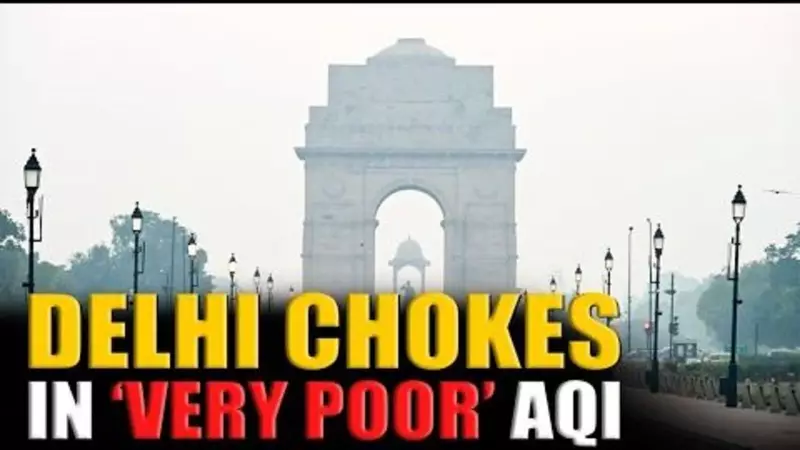
Just two weeks after Diwali festivities, India's capital is once again choking under a thick blanket of toxic smog. The Air Quality Index (AQI) has skyrocketed to a alarming 421, plunging Delhi back into the 'severe' category and triggering health concerns across the metropolitan area.
The Alarming Numbers Behind Delhi's Pollution Crisis
According to recent monitoring data, several key pollution indicators have reached dangerous levels:
- PM2.5 concentrations have exceeded 300 micrograms per cubic meter
- PM10 particles have reached hazardous levels across monitoring stations
- Multiple areas including Anand Vihar and Punjabi Bagh recorded AQI above 400
- The overall city average settled at 421, well into the severe category
What's Causing This Post-Diwali Pollution Surge?
Despite initial improvements following the Diwali period, several factors have converged to create this renewed pollution emergency:
- Meteorological Conditions: Changing wind patterns and dropping temperatures have created a inversion layer that traps pollutants close to the ground
- Stubble Burning: Continued agricultural burning in neighboring states continues to contribute significantly to Delhi's pollution load
- Local Emissions: Vehicle exhaust, construction dust, and industrial emissions add to the toxic mix
- Weather Transition: The shift in seasonal weather patterns has reduced the dispersion capacity of the atmosphere
Health Implications of Severe Air Quality
Medical experts are sounding the alarm about the immediate health risks associated with such poor air quality. The severe AQI level of 421 poses serious threats to respiratory health, particularly for vulnerable populations including:
- Children and elderly residents
- People with pre-existing respiratory conditions
- Outdoor workers and traffic police
- Individuals with cardiovascular issues
Doctors recommend minimizing outdoor activities, using N95 masks when venturing outside, and employing air purifiers indoors to reduce exposure to the toxic air.
Looking Ahead: The Pollution Forecast
Weather authorities indicate that the current severe conditions may persist in the coming days unless significant meteorological changes occur. The combination of local pollution sources and unfavorable weather patterns creates a challenging scenario for immediate improvement.
Environmental agencies continue to monitor the situation closely, while health authorities urge residents to take necessary precautions during this period of exceptionally poor air quality.





